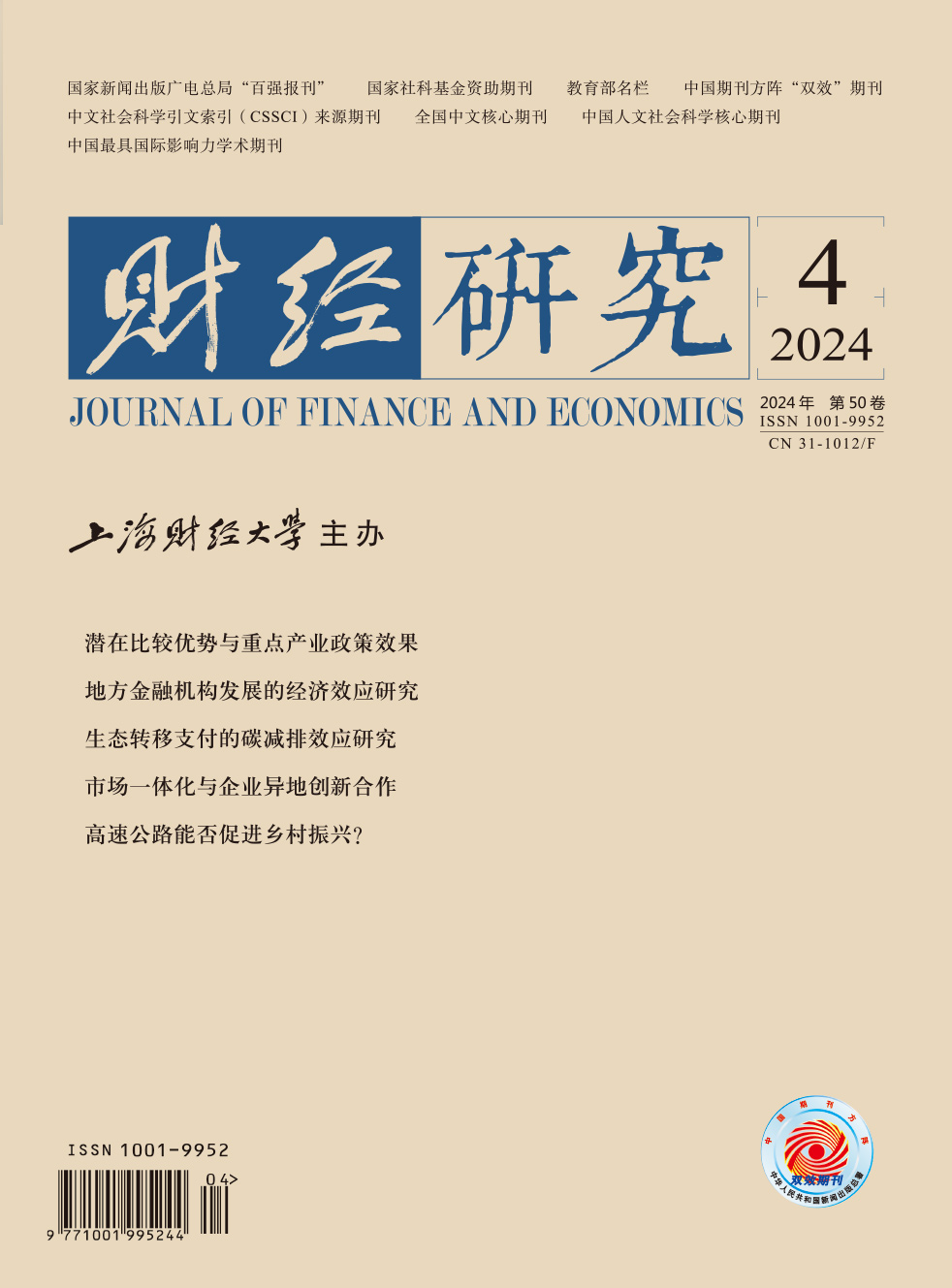Transfer payments for National Key Ecological Function Zones (NKEFZs) are an organic combination of ecological compensation and transfer payments. Transfer payments for NKEFZs not only help to protect natural ecosystems such as forests, grasslands, and wetlands, and expand the scale of national greening, but also help to limit the development of industries with high energy consumption and high pollution. This means that the NKEFZs policy may help to achieve the goals of carbon sequestration and carbon reduction, thereby reducing the overall carbon emission level of pilot regions.
Given this, this paper takes transfer payments for NKEFZs as an example, and utilizes the DID method to evaluate the impact of ecological fiscal transfers on compensated areas’ carbon emission levels and verify its possible mechanisms. The results show that the NKEFZs policy significantly reduces compensated areas’ carbon emissions, indicating that this policy promotes regional green development. Compared with non-pilot regions, implementing this policy decreases carbon emissions in the pilot regions by about 1.90% on average. Also, it is found that the NKEFZs policy may reduce carbon emissions by optimizing industrial structures and prompting low-carbon technological innovation. Heterogeneity analysis shows that there is no significant difference in the carbon-reduction effect between resource-poor and resource-rich regions, but the impact of this policy on carbon reduction in economically underdeveloped areas is more significant.The marginal contributions of this paper are as follows: First, in terms of research perspective, it explores the carbon-reduction effect of ecological fiscal transfers, thereby expanding the research on the environmental effect of ecological fiscal transfers. Second, in terms of research content, it takes transfer payments for NKEFZs as an example to clarify the carbon-reduction effect of ecological fiscal transfers and its transmission mechanism, and further analyzes the cost and benefit of ecological transfer payment funds. Third, in terms of research method, it utilizes ArcGIS software to calculate China’s county-level carbon emission levels from 2003 to 2020, and evaluates the carbon-reduction effect of the NKEFZs policy by the DID model, which to some extent alleviates the data limitation and endogeneity issues in the existing research.





 1819
1819  2305
2305

